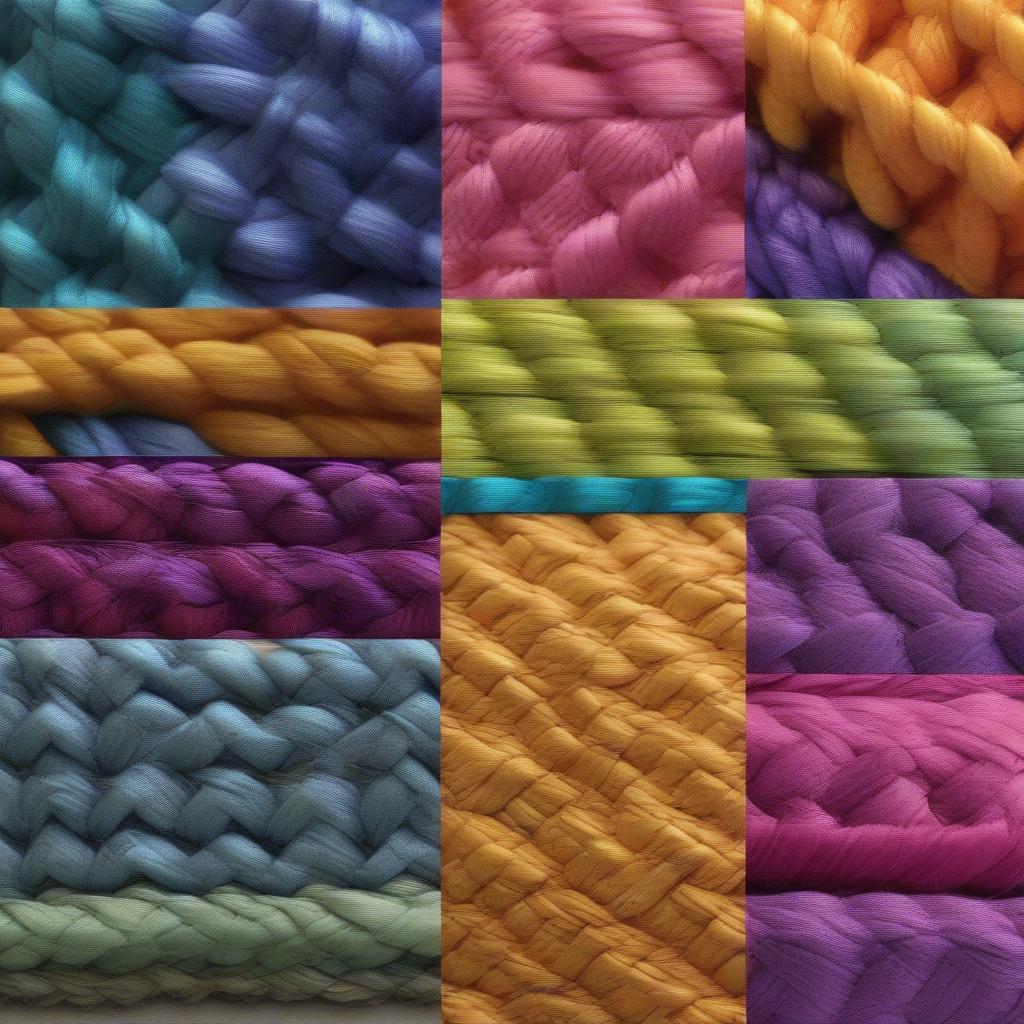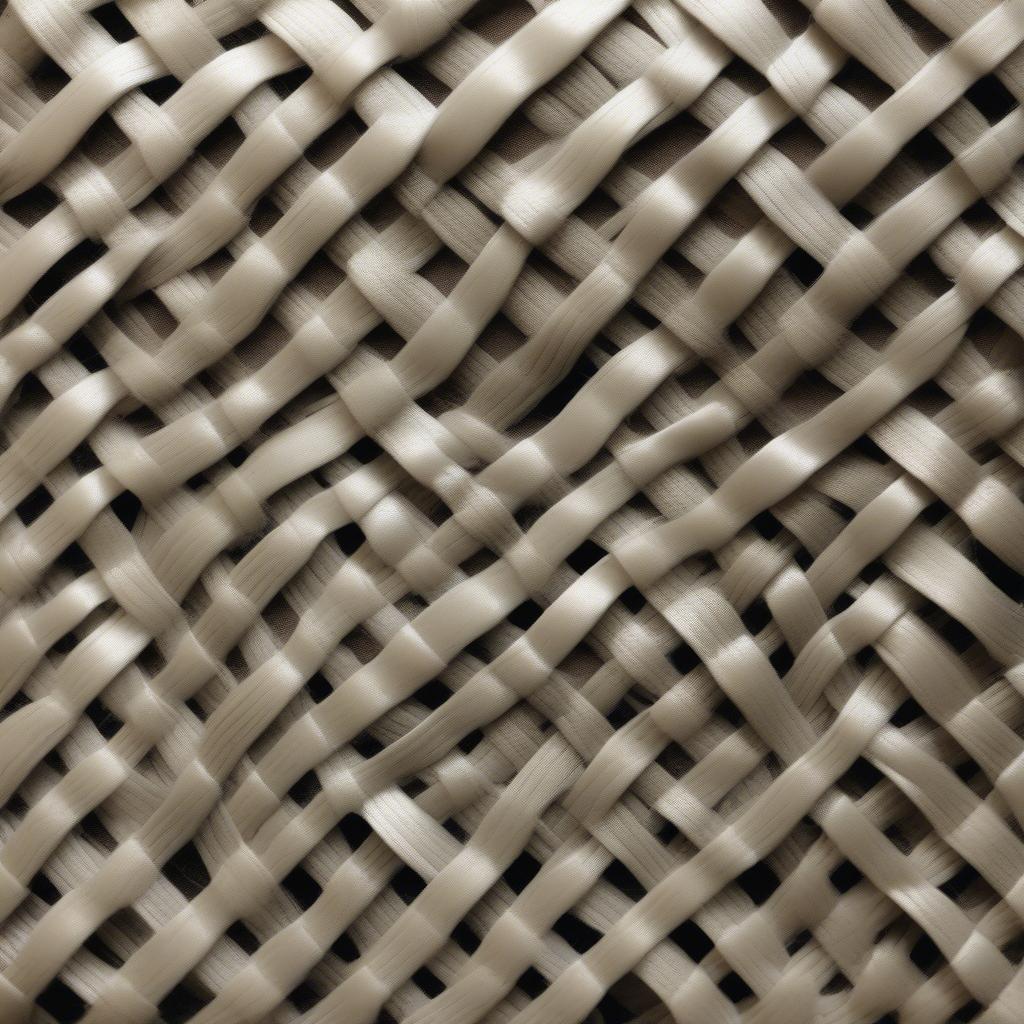Basket Weaving
Mastering Basket Weave Embroidery: A Comprehensive Guide
Basket Weave Embroidery is a beautiful and intricate needlework technique that mimics the look of woven baskets. It offers a unique textural element to any project, from clothing and accessories to home decor. This guide will delve into the intricacies of basket weave embroidery, exploring its history, techniques, and various applications. We’ll also provide valuable tips and resources for both beginners and experienced embroiderers.
Understanding the Basics of Basket Weave Embroidery
Basket weave embroidery, also known as woven stitch, creates a textured, interwoven pattern that resembles the intricate details of a woven basket. It’s achieved through a specific series of straight stitches worked in a precise over-under sequence, creating a visually appealing and tactile surface. Unlike traditional embroidery that often depicts images or patterns, basket weave embroidery focuses on the texture and structure of the stitches themselves. This technique offers a unique way to add dimension and interest to any project. It’s a versatile stitch that can be used to create a wide range of effects, from subtle textures to bold geometric designs.
The beauty of basket weave stitch lies in its simplicity and adaptability. While the basic technique is straightforward, the possibilities for variation are endless. You can experiment with different thread colors, thread weights, and stitch lengths to create unique textures and patterns.  Different variations of basket weave stitch, showcasing the use of various thread colors and stitch lengths. It’s a technique that rewards patience and precision, offering a deeply satisfying experience for embroiderers of all skill levels.
Different variations of basket weave stitch, showcasing the use of various thread colors and stitch lengths. It’s a technique that rewards patience and precision, offering a deeply satisfying experience for embroiderers of all skill levels.
A Step-by-Step Guide to Basket Weave Embroidery
Mastering basket weave embroidery starts with understanding the basic stitch formation. Begin by marking your fabric with evenly spaced vertical and horizontal lines to create a grid. This grid acts as your guide for placing the stitches accurately. Next, bring the needle up at the bottom left corner of the first square in your grid. Create a vertical stitch by inserting the needle at the top left corner of the same square. Now, moving to the next square to the right, bring the needle up at the bottom left corner and create another vertical stitch. Continue creating vertical stitches along the first row. For the second row, you’ll be creating horizontal stitches. Bring the needle up at the bottom right corner of the first square in the second row. Insert the needle at the bottom left corner of the same square, weaving the thread under the vertical stitch from the row below. Continue this process across the row, weaving the horizontal stitch under and over the vertical stitches. Repeat these steps, alternating between vertical and horizontal rows, to complete the basket weave pattern.
Remember, consistency is key. Maintaining even stitch length and tension will ensure a neat and uniform finish. Don’t be discouraged if your first attempts aren’t perfect. Practice makes perfect! esso weave laundry basket
Exploring Different Variations of Basket Weave Embroidery
Once you’ve mastered the basic basket weave stitch, you can explore its numerous variations. Changing the direction of the stitches, experimenting with different thread colors, or varying the stitch length can dramatically alter the final look. For example, the elongated basket weave creates a looser, more open weave. This is achieved by simply lengthening the stitches. weave basket tote The diagonal basket weave creates a dynamic, textured surface by working the stitches diagonally across the grid. The possibilities are truly endless!
Another interesting variation is the double basket weave. This technique involves working two layers of basket weave stitches, one on top of the other, creating a denser and more substantial texture. You can even incorporate beads or other embellishments into your basket weave embroidery to add extra flair.  Examples of various basket weave embroidery variations, including elongated, diagonal, and double basket weave.
Examples of various basket weave embroidery variations, including elongated, diagonal, and double basket weave.
Conclusion
Basket weave embroidery is a captivating technique that adds a touch of handcrafted elegance to any project. Whether you’re a seasoned embroiderer or just starting your needlework journey, basket weave stitch offers a rewarding and creative outlet. With its versatile nature and endless possibilities for customization, basket weave embroidery is sure to become a favorite in your stitching repertoire. neoprene basket weave tote
FAQ
- What type of fabric is best for basket weave embroidery? Even-weave fabrics like linen or Aida cloth are ideal.
- What needle should I use for basket weave embroidery? A tapestry needle works well for most threads.
- Can I use basket weave embroidery on clothing? Absolutely! It’s a great way to embellish shirts, jackets, or even bags.
- Is basket weave embroidery difficult to learn? The basic stitch is quite simple, making it a great project for beginners.
- Where can I find more basket weave embroidery patterns? Numerous books and online resources offer a wealth of inspiration.
Situations where basket weave questions arise:
- When choosing an embroidery stitch for a specific project
- When looking for unique and textured embroidery techniques
- When seeking to add a handcrafted element to clothing or home decor
Other related questions:
- What are other types of textured embroidery stitches?
- How do I choose the right thread for embroidery?
Call to action: Need assistance? Contact us at Hanoi, Vietnam or Tech Avenue, Suite 12, San Francisco, CA 94105, USA. We have a 24/7 customer service team.
